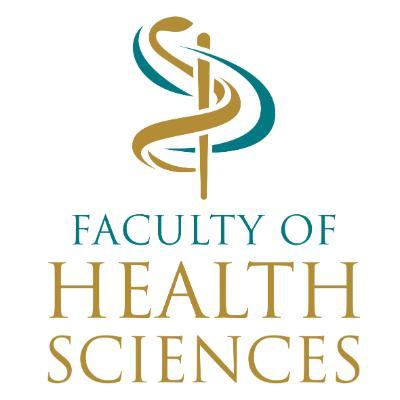From Awareness to Action: Wits Faculty Tackles the Silent Threat of Irregular Heartbeats
- FHS Communications
Did you know an irregular heartbeat can lead to stroke, heart failure or even sudden death?
World Heart Rhythm Week, observed from June 2nd to 8th June, serves as an important reminder of the risks posed by cardiac arrhythmias and the urgent need to raise awareness around their diagnosis and treatment. A healthy heart beats in a regular rhythm initiated by the sinus node, the heart’s natural pacemaker. When this rhythm is disrupted, arrhythmias occur—potentially leading to serious consequences, including sudden cardiac death.
Arrhythmias are caused when other areas of the heart muscle take over as the heart’s pacemaker. This disruption can be worsened by the presence of abnormal electrical pathways, leading to a chaotic circulation of impulses. This reduces the heart’s efficiency and compromises blood flow to vital organs. “Symptoms often include dizziness, fainting, fatigue, and breathlessness,” says Associate Professor Mashudu Nethononda, Wits Clinical Head of Cardiology.
This condition is particularly prevalent among older adults and can be linked to congenital or structural heart changes. Although the causes of Arrhythmias are varied, the condition can be inherited or related to structural abnormalities of the heart. The management of arrhythmias is guided by the type and underlying cause. Associate Professor Mashudu says that symptom relief and stroke prevention are prioritised when treating the condition. Under the right circumstances, ablation therapy can offer a permanent cure without lifelong medication.
These rhythm disorders are studied in electrophysiology (EP), a subspecialty of cardiology, that studies and treats electrical characteristics of biological tissues and cells. Electrophysiology services include advanced diagnostics and interventional treatments such as radiofrequency ablation and the implantation of internal cardiac defibrillators (ICDs).
While access to EP services has traditionally been limited to the private healthcare sector in South Africa, strides have been made to expand access to the public sector. “The program has been running for 7 years, benefiting several of our patients, allowing them access to high-tech EP treatment they would otherwise have been unable to get,” explains Professor Nethononda.
He stresses that improved diagnostic tools and expanded access to treatment are critical steps to address the burden of cardiac arrhythmias. World Heart Rhythm Week is not only a time for awareness. It is a call to action to ensure that all patients—regardless of income or geography—can benefit from advances in cardiovascular care.


